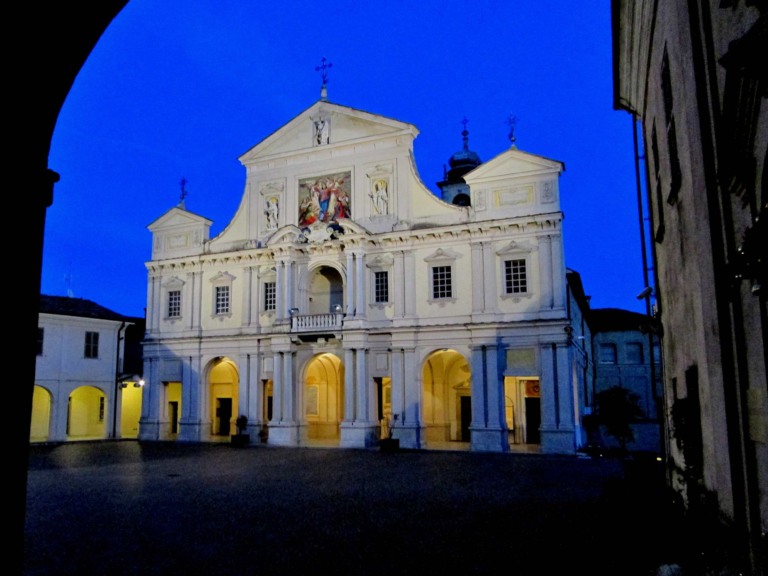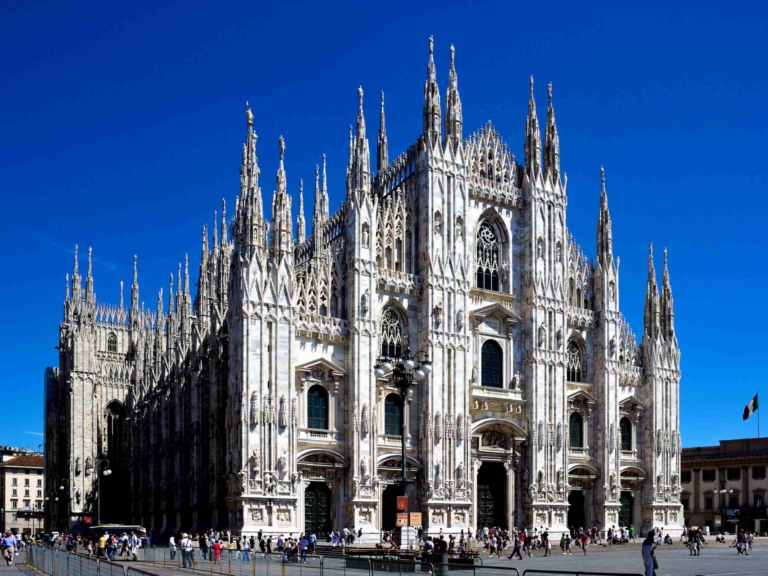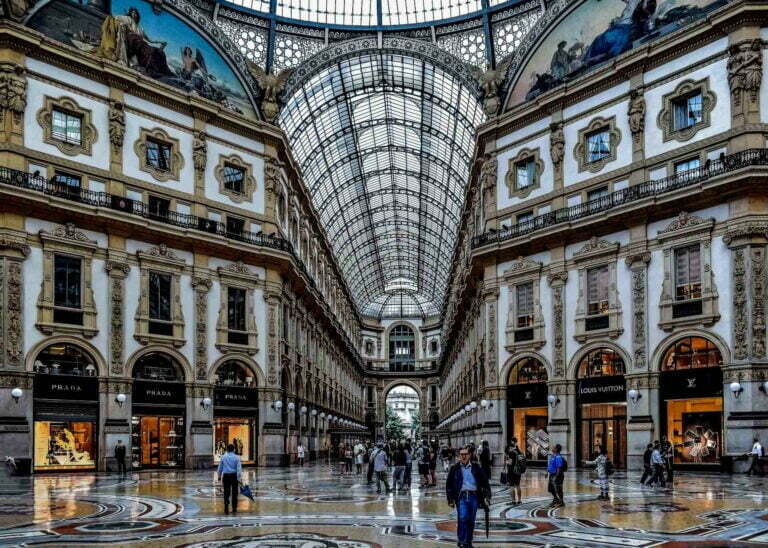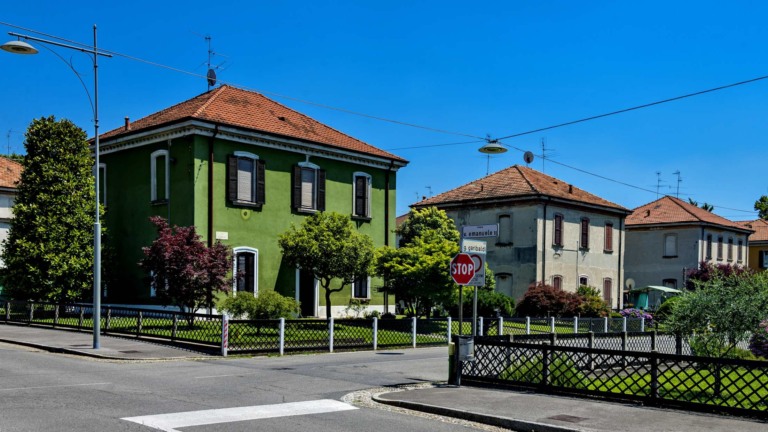Milan things to do and Milan places to visit. Milan, Italy’s vibrant and cosmopolitan city and the capital of Lombardy, offers a plethora of attractions and activities to suit various interests. The city boasts numerous museums, art galleries, theaters, and a vibrant nightlife scene. Exploring its neighborhoods, trying local delicacies, and embracing the city’s cultural offerings will make your visit to Milan memorable. Explore one of the world’s largest Gothic cathedrals. Admire the intricate architecture, climb to the rooftop for panoramic views of the city, and visit the cathedral’s museum. Discover the historic Sforza Castle, which houses museums and art collections. Stroll through the castle’s courtyards and gardens and explore the various exhibitions, including Michelangelo’s unfinished sculpture, the Rondanini Pietà. Learn about scientific and technological advancements through interactive exhibits, models, and inventions, paying tribute to Leonardo da Vinci’s genius. Experience the lively atmosphere of the Navigli district, famous for its canals and vibrant nightlife.




